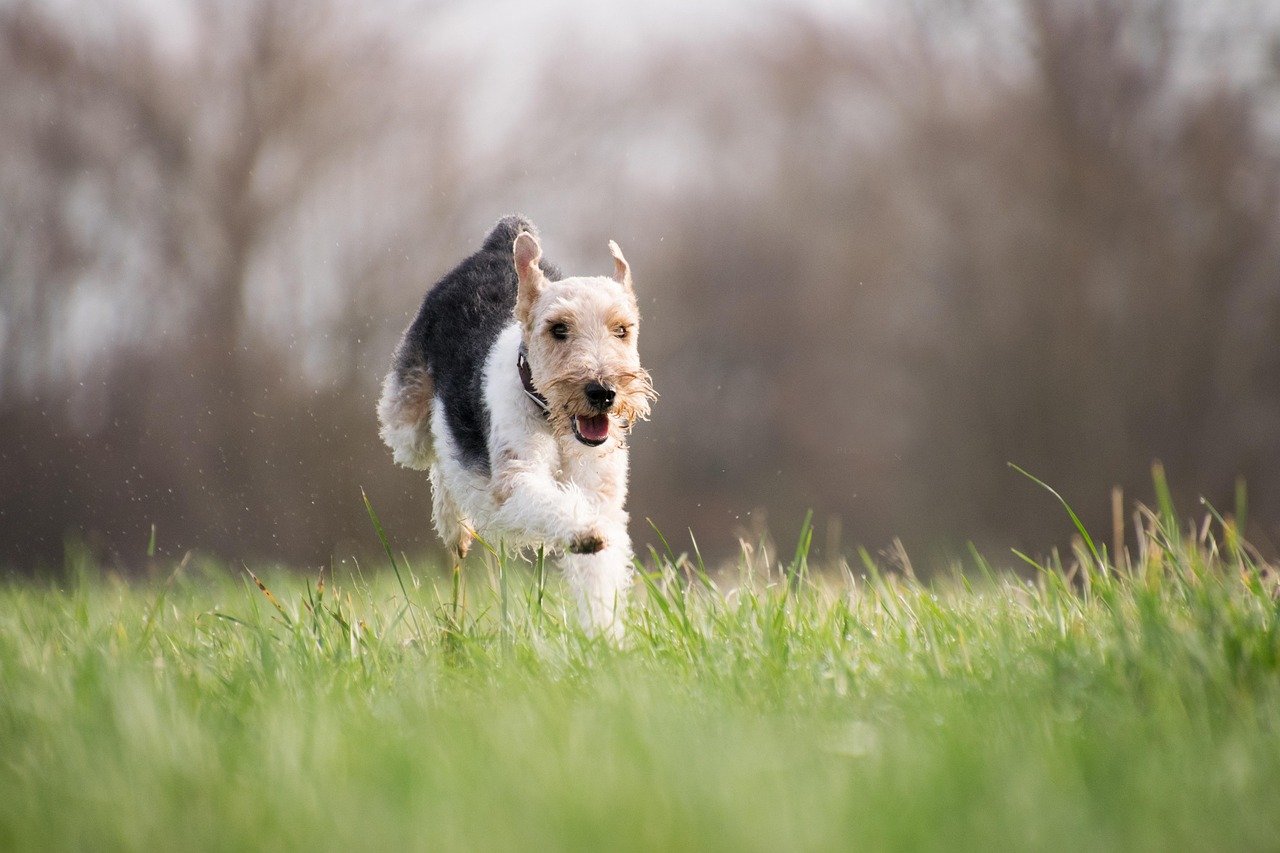Have you ever wondered why your neighbor’s Border Collie seems to bounce off the walls while your own Bulldog is happiest snoozing on the couch? The secret lies in their energy levels — a fascinating, sometimes hilarious aspect of dog breeds that shapes everything from their moods to their daily antics. Picture a supercharged Jack Russell wagging his tail like a wind-up toy, or a Basset Hound sighing contentedly after a stroll. Understanding how energy levels affect a dog’s mood isn’t just helpful for owners — it’s the key to a happier, more harmonious life with your furry friend.
Unpacking Dog Energy Levels: What Does It Really Mean?

Energy levels in dogs refer to how much physical activity and mental stimulation a breed typically needs. It’s not just about being hyper or lazy — it’s about how their bodies and brains are wired. High-energy breeds like Huskies crave adventure and challenge, while low-energy breeds such as Shih Tzus are more than content with a cozy nap. These differences developed over centuries of breeding for specific tasks, like herding, hunting, or simply keeping laps warm. When a dog’s energy needs are met, their mood tends to be upbeat and balanced. But when there’s a mismatch, frustration or boredom can creep in, leading to all sorts of mood swings.
High-Energy Breeds: The Life of the Party

Dogs bred for stamina — think Border Collies, Australian Shepherds, or Dalmatians — are like the marathon runners of the canine world. They need constant movement and mental challenges to stay happy. If they don’t get enough exercise, you might notice restlessness, barking, or even destructive behavior, a classic sign of pent-up energy turning into frustration. On the flip side, when these dogs get to run, play, and use their brains, their moods soar. They become affectionate, attentive, and even a little goofy. High-energy dogs are perfect for active families or people who love outdoor adventures.
Low-Energy Breeds: Masters of Relaxation
On the other end of the spectrum, low-energy breeds like Bulldogs, Basset Hounds, and Cavalier King Charles Spaniels are experts in relaxation. Their moods are stable and content when their days involve gentle walks and plenty of downtime. Overexerting these breeds can actually make them irritable or anxious. For these dogs, happiness is a soft bed and a gentle belly rub. If you’re a fan of quiet evenings and minimal exercise, these breeds are a perfect match for your lifestyle. Their calm energy brings a sense of peace to any home.
Mood Swings: When Energy Needs Aren’t Met
A dog’s mood is closely tied to how well their energy needs are met. High-energy dogs without enough outlets can become anxious, jumpy, or even destructive. You might find shoes chewed up, holes in the yard, or a dog that just can’t settle down. Low-energy dogs pushed too hard can become withdrawn, grumpy, or overly tired. It’s a bit like forcing a night owl to run a marathon at sunrise — nobody’s happy. The key is balance: tuning in to your dog’s unique energy and adjusting your routine so they feel fulfilled and content.
Matching Activities to Your Dog’s Energy Level
One of the best ways to keep your dog’s mood sunny is to match activities to their breed’s energy level. For high-energy breeds, try agility courses, long hikes, or games that challenge their minds, like puzzle toys. These activities help burn off excess energy and leave them feeling satisfied. For low-energy dogs, leisurely strolls, gentle play, or simple games of fetch are just right. It’s like choosing the right type of shoes — some need running sneakers, while others are happiest in cozy slippers. Tailoring activities keeps moods positive and tails wagging.
The Role of Routine: Consistency for Happy Dogs
Dogs thrive on predictable routines, especially when it comes to managing their energy. High-energy breeds often need scheduled playtimes or walks to stay balanced, while low-energy breeds benefit from regular, gentle outings. A consistent routine signals to your dog when it’s time to play and when it’s time to rest, helping them feel secure and relaxed. When energy needs are met consistently, you’ll notice fewer mood swings and more moments of contentment. It’s amazing how something as simple as a daily schedule can transform your dog’s mood.
Socialization and Stimulation: Beyond Just Exercise
While exercise is crucial, mental stimulation and social interaction are just as important for a dog’s mood. High-energy breeds love learning new tricks or playing with other dogs, which keeps their minds busy and moods high. Even low-energy breeds need a change of scenery or a new smell to explore now and then. An under-stimulated dog, no matter the energy level, can become bored or even depressed. Mixing up your dog’s experiences — new parks, different toys, or meeting friendly pups — keeps life interesting and moods upbeat.
Choosing the Right Breed for Your Lifestyle

Understanding breed energy levels is a game changer when picking a dog. If you’re a couch potato, a Greyhound or French Bulldog will fit right in. If you’re always on the move, a Labrador or Vizsla could be your perfect sidekick. The happiest dogs are those whose energy levels match their owners’ lifestyles. This alignment leads to fewer behavioral issues and a more joyful life for both of you. Think of it as choosing a dance partner — when you move in sync, life feels effortless and fun.

Esther is from India; the heartbeat of South Asia, holding a Master’s degree in Zoology and a postgraduate diploma in Animal Welfare. Her enthusiasm for animal welfare drives her passion and dedication to working for animals, ensuring their well-being, and advocating for their rights. With a solid academic background and hands-on experience, she is committed to making a positive impact in the field of animal welfare. In her free time, she enjoys embroidery and sewing. As a Chennaite from Tamil Nadu, Esther loves Bharathanatyam, an Indian classical dance form.





